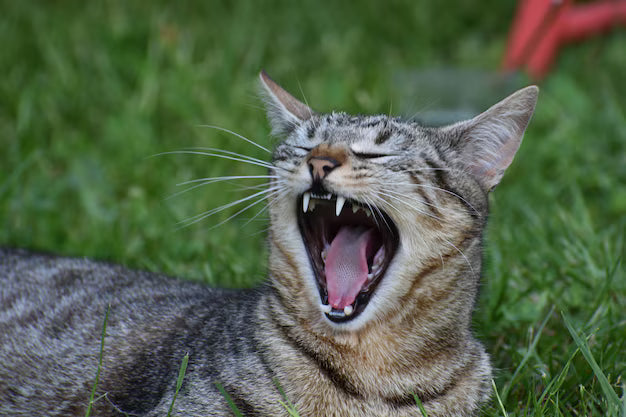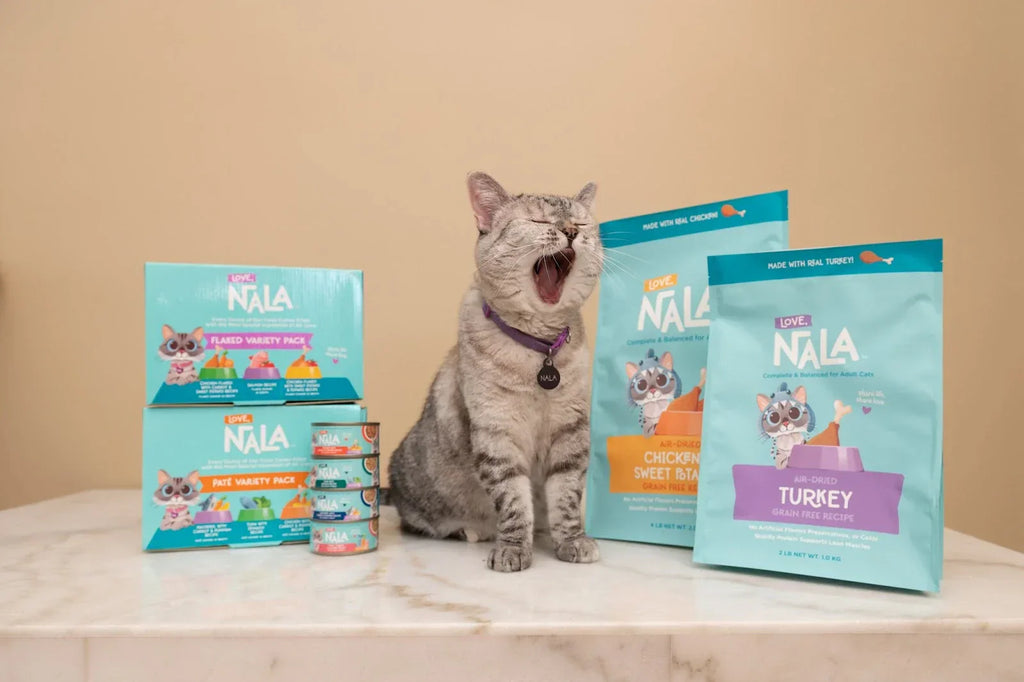Cats are excellent communicators if you know what to look for. From the tip of their tail to the edges of their ears, every movement your cat makes has meaning. Body language is your cat’s way of telling you what they need. They could be saying they want more space and some time alone or some attention and affection. Learning to read your cat’s body language prevents misunderstandings, ensures your cat feels safe and understood, and helps deepen the bond you share.
Here are some ways your cat communicates and what they might be telling you.
Tails
Upright Tail – Friendly, confident, and happy to see you. Tails in the question mark position, with a hook shape at the top, indicate a happy cat.
Vibrating Tail – Excitement or possibly marking territory if against a wall or furniture
Low or Tucked Tail – Fearful or anxious
Puffed-up Tail – Scared or defensive, like a Halloween cat
Flicking Tail – Irritated, overstimulated, or annoyed
Whipping Tail - A warning sign. Give your cat space.
Ears
Ears Forward – Curious, playful, or alert but not overly concerned or threatened by anything.
Ears turned to the side – Uneasy or mildly annoyed
Ears Pinned Back – Angry, afraid, or defensive
Twitching Ears – Anxious or trying to focus on a sound
Eyes
Slow Blinking – A sign of trust and affection. This is when a cat looks at you for a second or two then very purposefully and slowly blinks their eyes at you. This is an indication of trust and love. You then slowly blink at them, which tells the cat that you love them too.
Dilated Pupils – Excitement, fear, or surprise
Constricted Pupils – Focused, aggressive, or overstimulated
Whiskers
Relaxed, sideways whiskers – Calm and content. Cats navigate the world with their whiskers so having them out confidently is a sign they are feeling safe and self-assured.
Whiskers aimed forward – Alert, interested, or in hunting mode
Whiskers pulled back – Scared or defensive
Posture
Relaxed body, paws tucked under – Comfortable and resting
Stretched out or showing their belly – Trusting, relaxed, and feeling safe
Crouched body, tail and limbs tucked, ears flat – Fearful or anxious. They are trying to make themselves smaller and possibly even hiding their faces.
Arched back with fur standing up – Frightened, defensive, or trying to intimidate
Sounds and Movement
Purring – Usually a sign of contentment, but sometimes can be used for self-soothing when feeling sick or scared
Chirps and Trills – Friendly greetings or calling for your attention
Hissing or Growling – Fearful, angry, or a warning to back off
Making Biscuits – Comfort, affection, or marking with the scent glands in their paws.
To truly understand your cat, look at the whole picture they are giving you. Your cat’s entire body posture will usually reveal more than any single feature alone. Watch for combinations of signals and act accordingly.
The more you observe your cat’s subtle signals, the more you’ll understand them. Whether it’s a slow blink, a tail flick, or a big stretch, your cat is always communicating with you. The better you recognize their body language, the better you can meet their needs and strengthen the bond you share.
Love, Nala




















